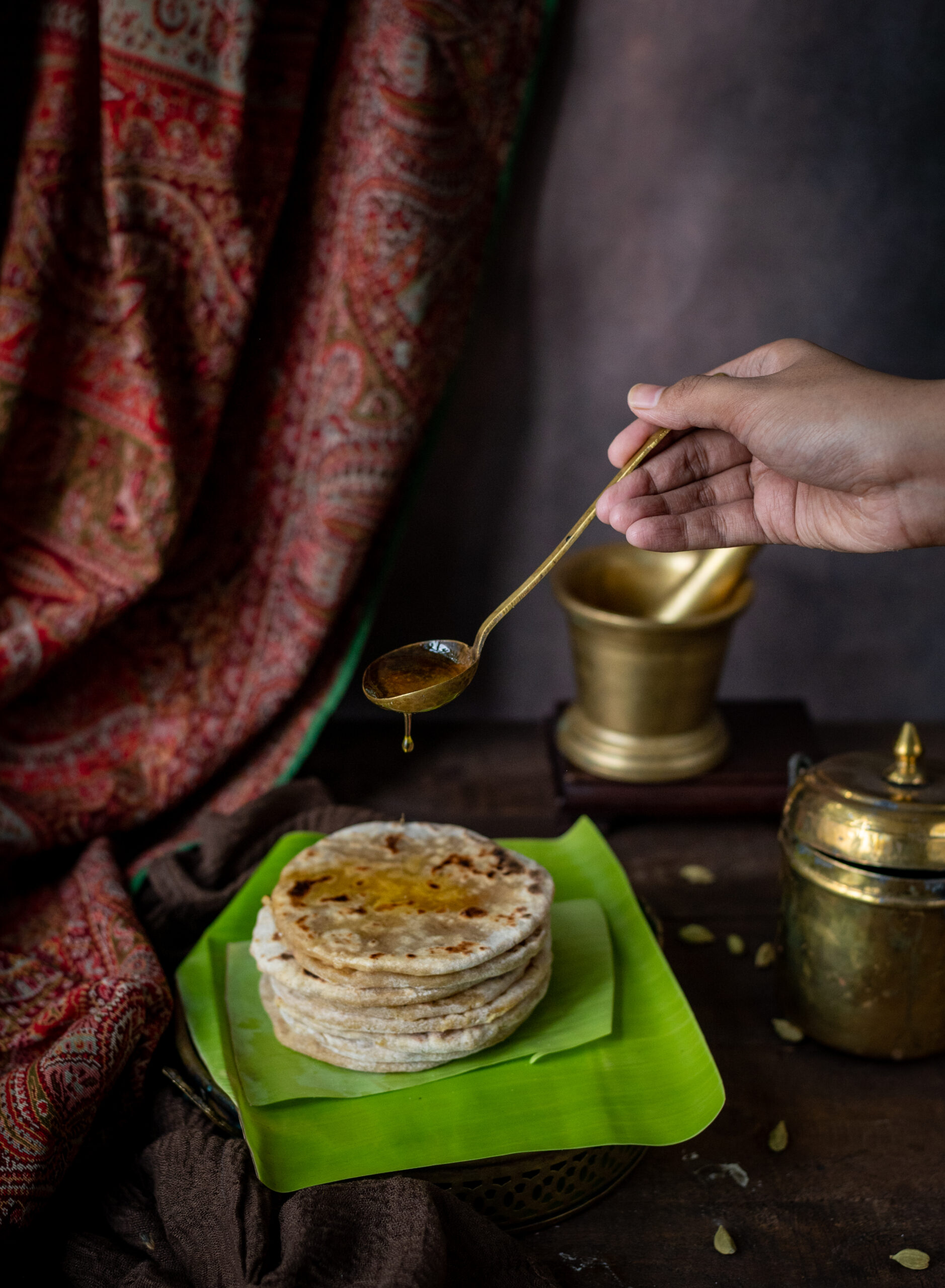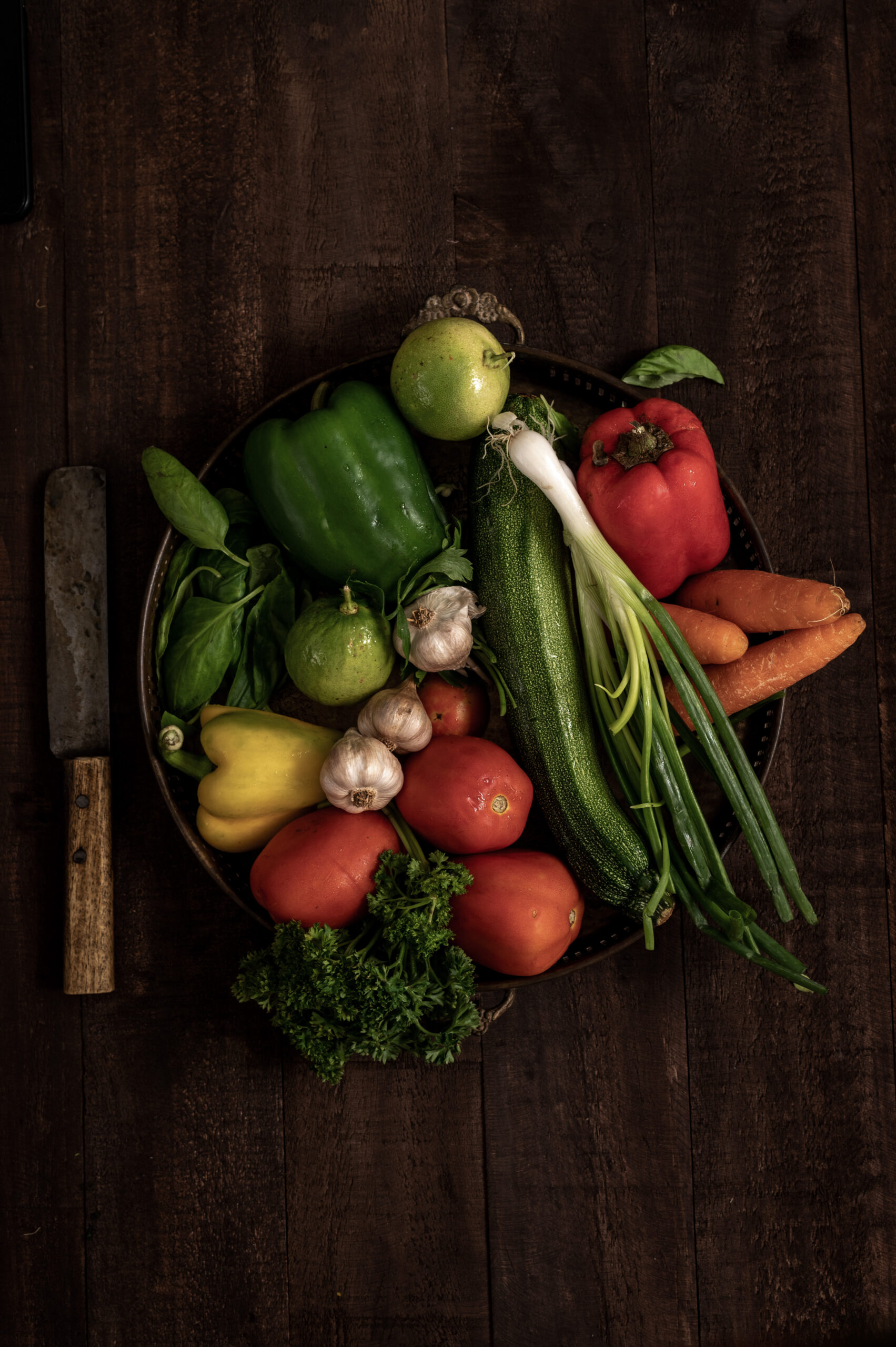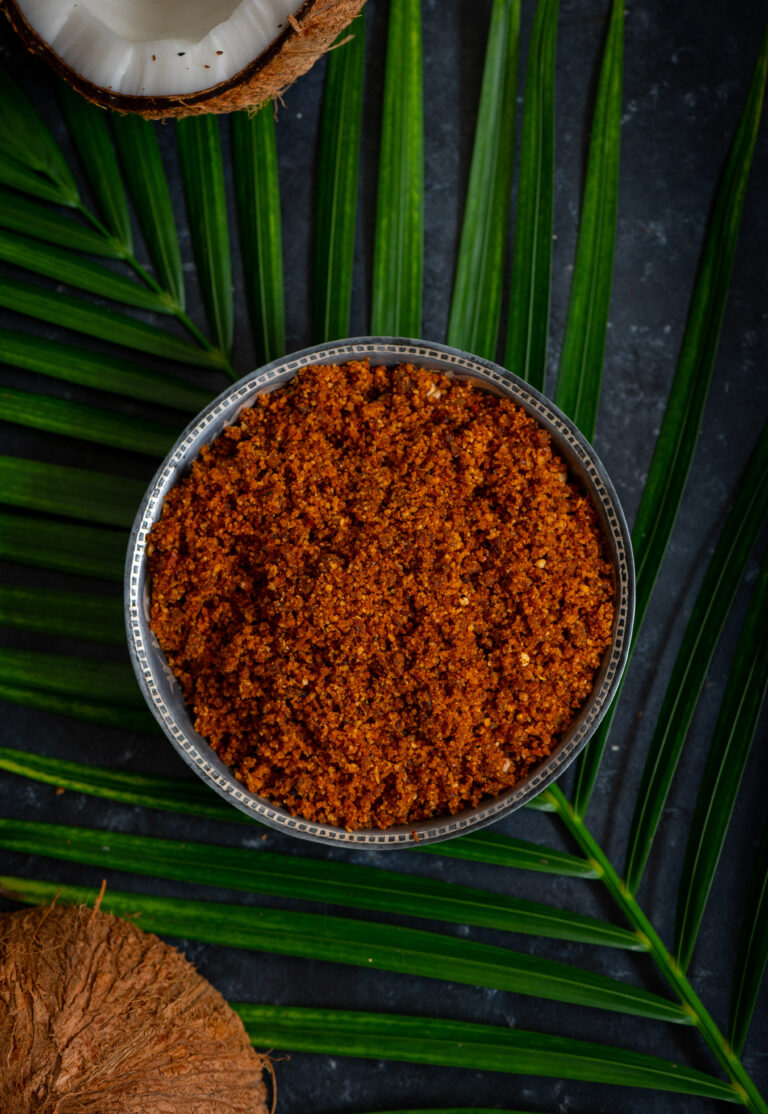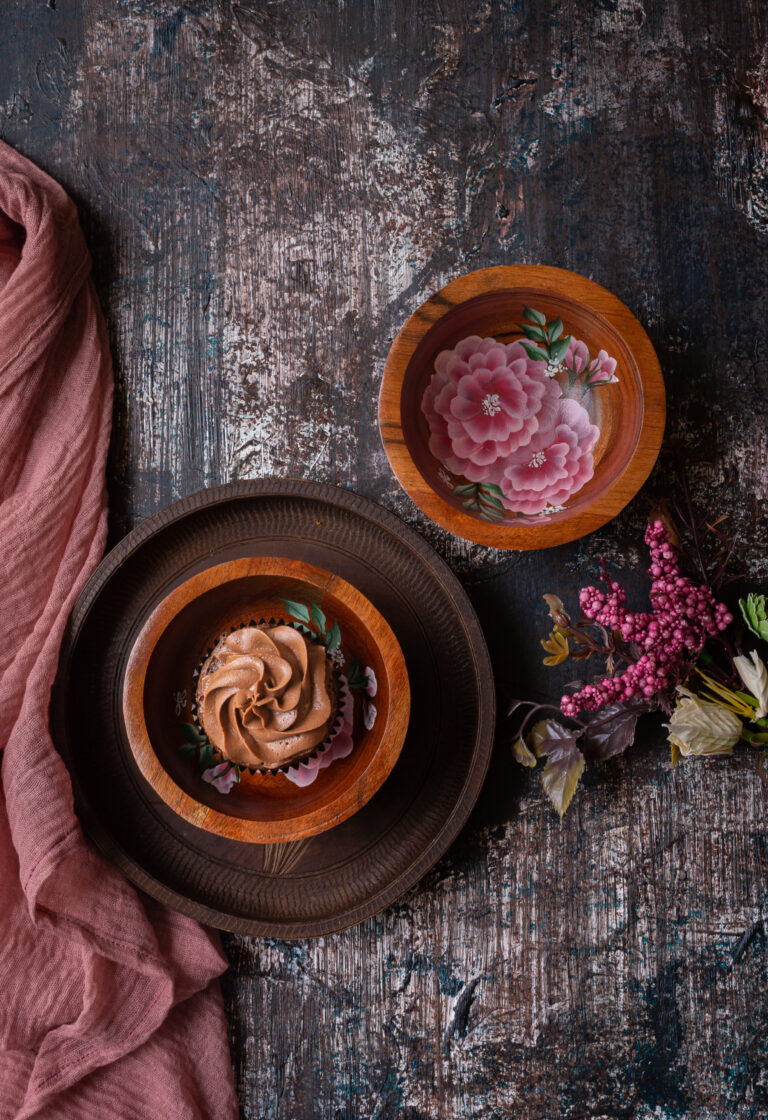Many of you know that I picked up the camera because of re:store. What began with taking product shots and creating images for the blog grew into a deep love of food styling and photography, gradually becoming a major component of my work. Cooking and photography are my twin passions, and I have dedicated myself to both through challenging myself, studying and learning, and lots of trial and error. Despite knowing the amount of effort it takes to get really good at something, like anyone in today’s era, I also get excited about attractive new creative forms. I’ll see some interesting content that someone else has shared, and go, “OMG, I have to do this!” So it was with stop motion video. Having seen some charming stop motion videos online, I made it my mission to produce a couple for re:store.
Tada! Here is the first: some cute, classic chocolate cupcakes. Do click on the link to watch the video on Instagram.
Let me tell you, that one minute of fun was a whole day’s work! I’m so glad that I had a friend’s daughter, Anushka, to work with me on the technical aspects. What this experience has taught me is that it isn’t about learning 75 different things, but being able to focus on the handful that one is really drawn to, so as to become good at those. There are so many eye-catching possibilities out there today, but I can’t manage them all, and neither should I aim for that. I need to give myself time to get through one learning, and let it naturally lead to the next one. This dilemma or distraction I had, about whether or not to begin studying stop motion video production, ultimately reminded me that this is how my businesses have grown from inception anyhow. Step by step, following a logical flow of studying, experience and growth, and knowing when to accept help. Doing the next best thing of delegation and collaboration helps me focus on what I am good at, and what is in my control.
Authenticity is a really important part of this blog, and all my work at re:store and at Nandi Shah Photography. Every recipe I share is something that I enjoy, and have prepared, served and eaten multiple times before I decide to showcase it. These are my recipes, containing my touch. For every shoot, I cook, style, photograph and edit everything myself. There’s a lot of love and attention that goes into each post, and there’s already a lot on my hands. In addition to my work, the current scenario has me responsible for the well-being of an entire household, including geriatric family members, and I must use any spare time I have from those responsibilities thoughtfully.
Still, I’m glad I indulged my curiosity about stop motion videos. I deliberated over what recipes would look good in this format, and these chocolate cupcakes were one of two (a different one will be coming up next weekend, so stay tuned for that as well). Even though it’s not a technical skill I want to learn for myself anymore, I enjoyed the process – having company, laughing, joking, learning more things about my camera, and of course, making the cupcakes and enjoying them with tea once the production was all done.
Subsequently, I baked these chocolate cupcakes all over again for the photoshoot for this blog. That was a separate endeavour, and I felt right back at home, doing what I love to do (and striving to better my best each time).
In addition to how they’re perfect for cute videos, I feel like although I’ve shared a variety of baked goods here before, I haven’t done any cupcakes. I also wanted to share something sweet, after several main courses. These classic chocolate cupcakes are a popular product that we get a lot of orders for, but I thought I’d share the recipe for those who want to try them out at home as well, in the spirit of spreading joy in this time.

Chocolate Cupcakes
(Yield: 12-15 cupcakes)
Cupcakes
1½ cups flour
½ cup cocoa powder
1 cup granulated sugar
¾ teaspoon baking soda
¼ teaspoon salt
⅓ cup oil
½ teaspoon vanilla extract
1 egg
¾ cup buttermilk
Frosting
1 cup unsalted butter at room temperature
3 cups icing sugar (and a little extra, if required)
A pinch of salt
2 tablespoons fresh cream
1 teaspoon vanilla extract
Preheat the oven to 180° for 20 minutes. Prepare the cupcake pans with liners.
First, prepare the dry mixture. Whisk the flour, cocoa powder, baking soda and salt together in a bowl. Set aside.
Now, prepare the wet mixture. Whisk the sugar, oil, egg and vanilla extract together.
Mix the flour mixture and the milk, alternating them, into the wet mixture. Beat them all together until the batter achieves a smooth consistency.
Scoop the batter into the prepared pans. Fill the liners to a ¾ level so that the batter has room to rise. If you’re fairly new to baking, you may want to check out this recent post of mine, which has a primer with tips you may find very useful.
Bake for about 20 minutes, or until a skewer comes out clean. Allow to cool, then top with frosting.
To prepare the frosting, beat the butter until it turns fluffy. Now, add the icing sugar and stir with a spoon. Be gentle, or else you will have the icing sugar dust all over. Once the two have come together, beat well. Add the salt and vanilla extract and beat for approximately another two minutes. If the butter cream is thick and difficult to spread, then add the cream a teaspoon at a time.
As I said earlier, these cupcakes are actually a part of our menu and one of our fastest-moving products. At re:store, we avoid artificial sweeteners that contain harmful chemicals, switching them out for natural or unprocessed ones, and use good old-fashioned ingredients (eggs, butter, oil and cake flour for instance – the basic elements of a cake) of the best quality available locally. If you’re in Chennai and would like a fresh batch of these cupcakes from the re:store kitchen, especially with the festive season coming up, we’re just a phone call away. They’re delectable at tea-time, and ideal for gifting. As you can see again in the stop motion video, we give a lot of importance to packaging and the finished look of each product.
I’m currently very busy in the kitchen, and happily so, conducting trials for more delicious goodies, and am so looking forward to expanding the product list. Do stay tuned for some lovely new treats from re:store in the coming months, as well as new recipes on this blog as always!








































